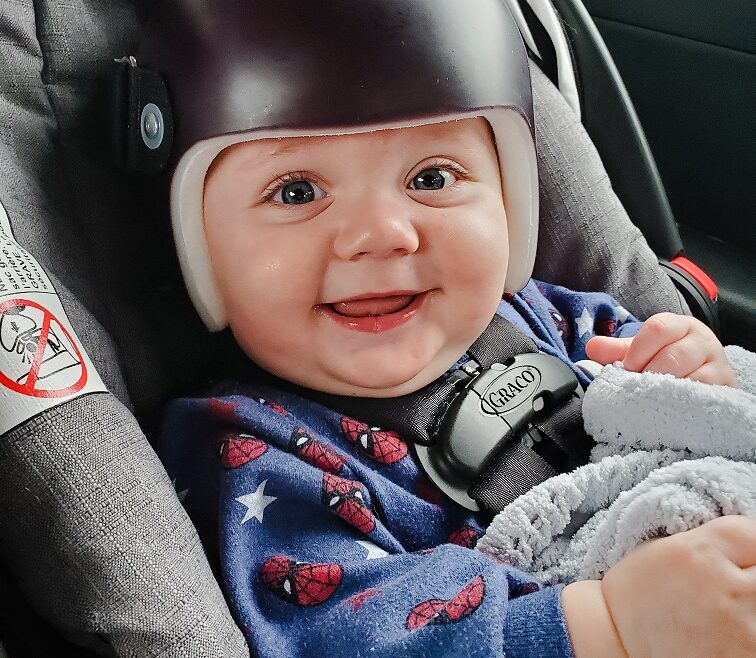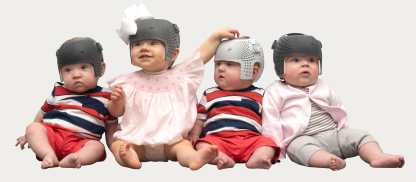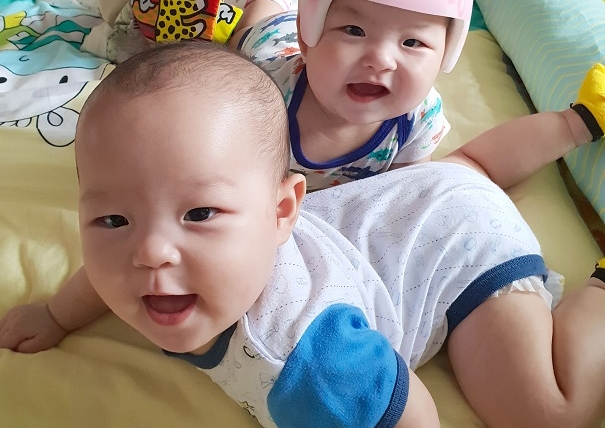Traveling with an infant presents its own set of challenges, compounded when the child requires a cranial helmet for conditions like plagiocephaly. Whether embarking on a road adventure or navigating the complexities of air travel, ensuring a smooth and comfortable experience for both parent and child is paramount; this guide draws upon the expertise of Stuart Weiner, CPO, LPO, director of the Cranial Center in New Jersey, offering essential tips and advice for families planning to travel with a cranial helmet-equipped infant. Weiner underscores, “Though the prospect of traveling with a cranial helmet may seem overwhelming, careful planning and strategic measures can transform it into a positive, manageable experience.”
Healthcare Consultation:
Please have a look at your child’s healthcare provider before travel to evaluate their condition and give tailored advice on travel duration, helmet maintenance, and safety precautions.
Strategic Planning:
Effective planning is crucial when traveling with a cranial helmet. It would be best if you accounted for travel duration, transportation mode, and accommodations, scheduling breaks to afford your infant helmet-free intervals for comfort.
Communication with Carriers:
Please notify your airline or other transportation services about your infant’s cranial helmet to help you make the necessary accommodations. I recommend a medical letter detailing the helmet’s importance for a smooth passage and understanding. Weiner advises, “Advance communication with carriers ensures they can make the necessary accommodations for your infant’s unique needs.”
Ensuring Comfort on the Go
For travel seating that offers your infant robust head support and comfort. Airlines may provide bassinet seating or permit infant carriers, enhancing head support during flight.
Packing Essentials:
You can prepare a travel kit with extra helmet padding, baby wipes, gentle soap, and replacement straps or pads. This kit will help ensure your infant’s helmet remains hygienic and comfortable throughout the journey.
Helmet Protection:
Safeguard the cranial helmet during travel with a durable case or padded bag, avoiding pressure or damage that could compromise its structure. Post-travel, could you consider a professional check-up to ensure the helmet’s integrity? Weiner emphasizes, “The helmet is crucial to your infant’s treatment; protecting it during travel is essential.”
Hydration and Breaks:
Maintain hydration for you and your infant, and schedule regular breaks for stretching, diaper changes, and helmet-free relaxation to ensure your baby’s comfort and well-being.
Weather Considerations:
You can adapt your infant’s attire to the climate, opting for breathable fabrics in warmth and layering appropriately in cold to maintain comfort without hindering the helmet’s effectiveness.
While traveling with an infant in a cranial helmet demands additional foresight and preparation, embracing these strategies can lead to a fulfilling travel experience. Families can navigate travel challenges by engaging with healthcare professionals, planning meticulously, communicating with transportation services, ensuring travel comfort, preparing essential supplies, protecting the helmet, staying hydrated, taking breaks, and adjusting to weather conditions.
As Weiner concludes, “With thorough preparation and attention to your infant’s needs, travel becomes an enriching journey of growth and memorable moments. Embrace the adventure, prioritizing your infant’s comfort and safety.”
You’re not by yourself. About half of all infants exhibit a certain level of deformational plagiocephaly or brachycephaly (DPB). For a complimentary consultation using the renowned STARband Scanner™, call Cranial Center at 800 685 9116 or fill out the complimentary consultation form found in the upper right hand corner, to bring your infant to one of our three New Jersey locations. Hackensack, Hazlet, and Morristown, New Jersey.



